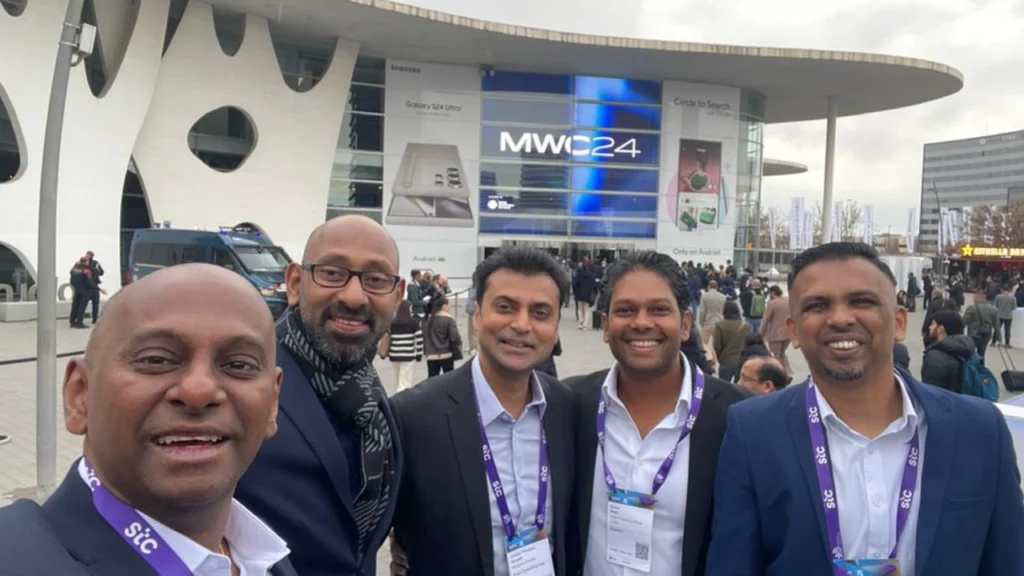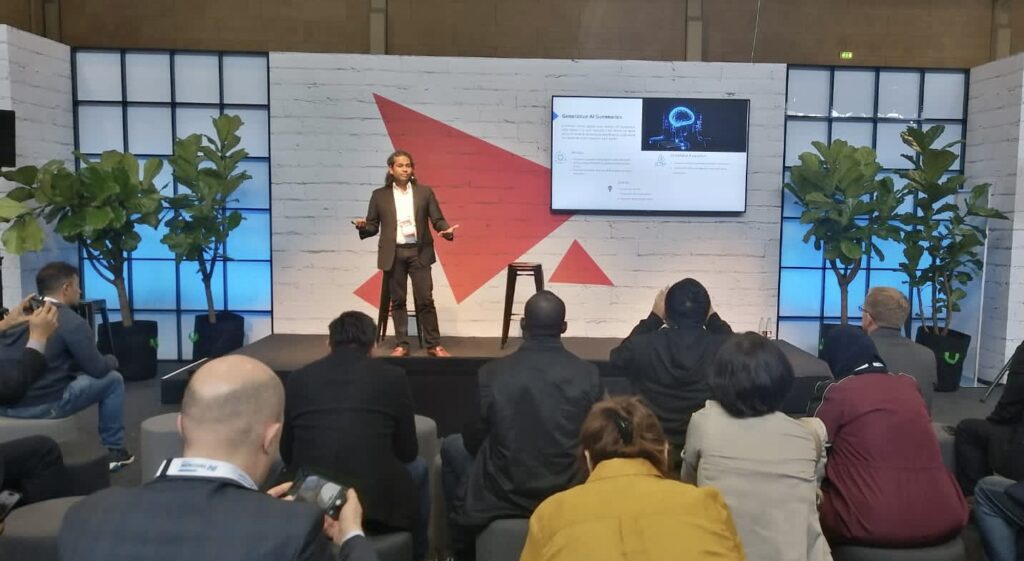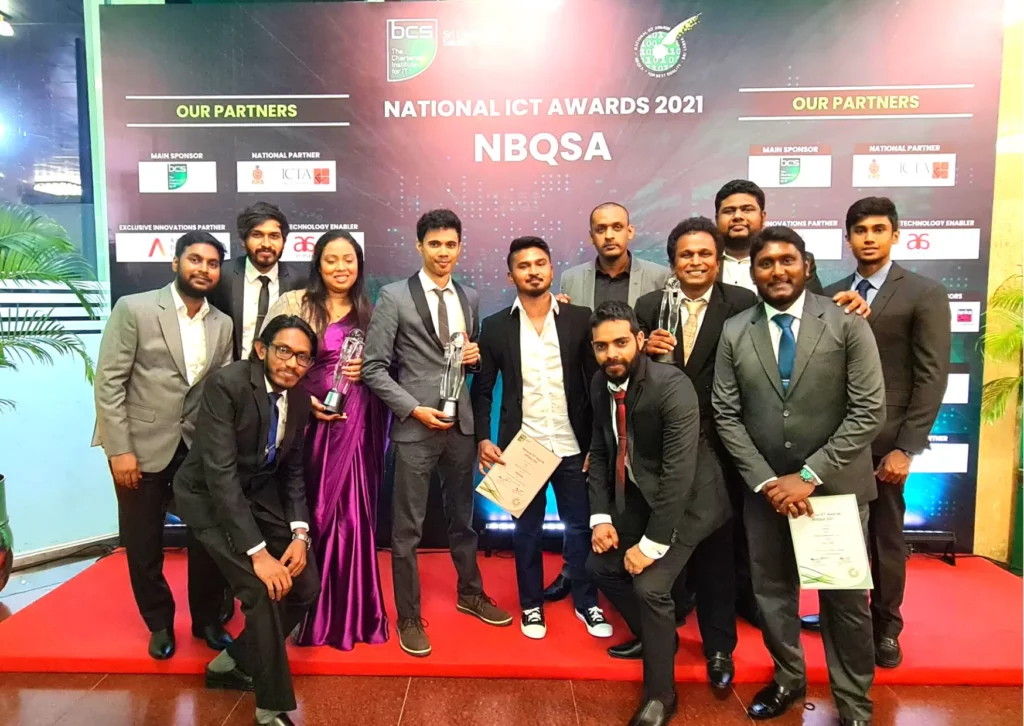Simplified technology to amplify
Futuristic Digital Transformation
Harness the power of our proven and agile technology to accelerate the digital transformation of your communication businesses for sustainable business resilience.

World Renowned Telco Brands that Trust Wavenet
Our Products
Spark
Empowering businesses with integrated customer engagement for advanced media solutions and messaging platforms
prime
Simplifying messaging with unified and scalable solutions for Communications Service Providers and Mobile Operators
Subscription & Content Manager
Revolutionising subscription management by unlocking hassle-free automation and customisation
Campaign Manager
Empowering campaigns and achieving faster return on investment with a multichannel Campaign Manager
Ready to take your communication business to the next level?
For over two decades, we deliver a one-of-a-kind experience to telco businesses to drive profitability and reinvigorate their business processes with our unified and simplified Communication and DevOps solutions.








